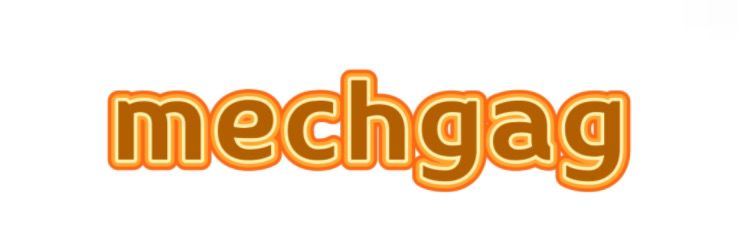Transforming Leather Waste in 2024: Sustainable Solutions
Introduction to Leather Waste Management
As the global fashion industry seeks sustainable solutions, the issue of leather waste has become increasingly pressing. In 2024, transforming leather waste into valuable resources presents an opportunity for environmental and economic benefits. This article outlines effective steps for addressing leather waste in a sustainable manner.
Understanding the Impact of Leather Waste
Leather production generates significant waste, from animal hides to byproducts of tanning. Approximately 20% of the hide can be considered waste, leading to environmental pollution and social issues in disposal methods. Understanding this impact is crucial for initiating change.
Step 1: Collection and Sorting
The first step in transforming leather waste is effective collection and sorting. Establishing partnerships with tanneries and manufacturers for waste collection allows for a steady supply of raw materials. It is important to categorize the waste based on quality and potential uses, ensuring efficient processing later on.
Step 2: Processing Techniques
Once collected, various processing techniques can be employed to recycle leather waste. Techniques include:
- Shredding and Pulverizing: This method reduces large pieces of leather into smaller particles, making it easier for subsequent processing.
- Rehydration: Adding moisture can restore flexibility to dried-out leather, making it suitable for new products.
- Biodegradation: Utilizing microorganisms to break down leather waste can lead to environmentally friendly disposal methods.
Step 3: Innovative Upcycling
Upcycling is a critical component in sustainable solutions. By creating new products from leather waste, companies can minimize the need for new materials. This can include:
Additional resources:Essential Guide to Choosing the Right Chassis Side Panel
- Fashion Accessories: Items like bags and belts made from recycled leather can appeal to eco-conscious consumers.
- Art and Decor: Unique furniture pieces and decorative items can be crafted from leather remnants.
- Industrial Applications: Using leather fibers in automotive interiors or other industrial products helps reduce overall waste.
Step 4: Embracing Circular Economy Practices
Implementing circular economy practices can drive long-term sustainability. By designing products with their lifecycle in mind, companies can encourage consumers to return used items for refurbishment or recycling. This model not only reduces waste but also creates a loyal consumer base.
Step 5: Consumer Education and Engagement
Educating consumers about the value of recycled leather products promotes sustainable choices. Companies should engage their audience through workshops, social media, and storytelling about the origins and transformations of their products. Building a community around sustainability increases awareness and drives demand for eco-friendly options.
Conclusion: The Path Forward
Transforming leather waste in 2024 requires a collaborative effort from manufacturers, designers, and consumers. By following these steps—collection and sorting, processing, upcycling, embracing circular practices, and educating consumers—we can create a sustainable future for the leather industry. This not only reduces waste but also fosters innovation and economic growth in a competitive market.
If you are looking for more details, kindly visit Straw Briquetting Machine with high durability, Straw Briquetting Machine with advanced technology.

